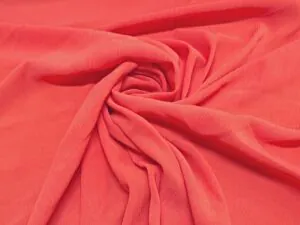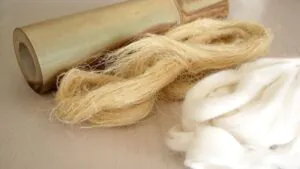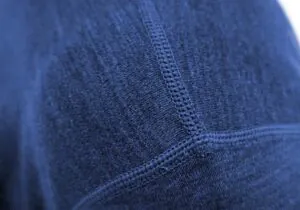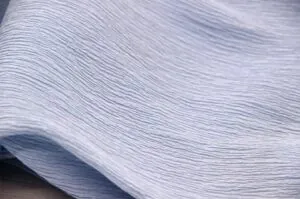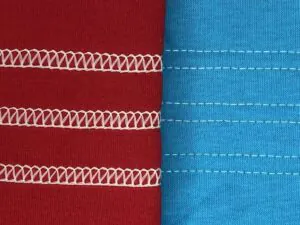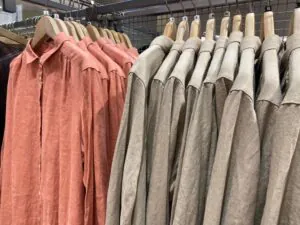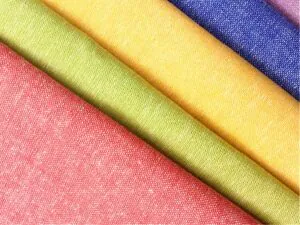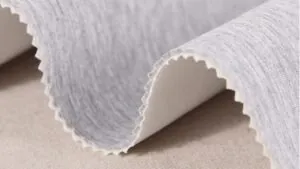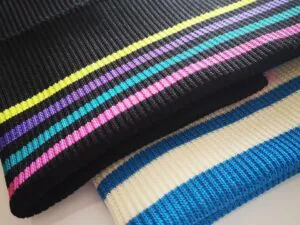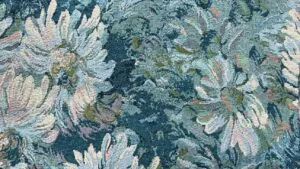
Comparing Softness, Warmth, and Durability
Explore the differences between cashmere and merino wool.
Features | cashmere | merino wool |
|---|---|---|
Warmth | Very warm, ideal for cold weather. | Warm, even when wet. |
Softness | Soft but less silky. | |
Durability | Fragile, prone to pilling. | Strong, resists damage well. |
Care | Requires gentle handwashing. | Machine washable and easy care. |
Best Uses | Great for stylish winter wear. | Perfect for outdoor activities. |
Hypoallergenic | Gentle, rarely irritates skin. | Hypoallergenic, good for sensitive skin. |
Price | More expensive due to rarity. | Generally more affordable. |
When it comes to staying warm, cashmere and merino wool are popular. These materials keep you cozy and feel very soft. They are well-loved for their comfort and warmth.
Both fabrics are warm and soft but serve different needs. Knowing their features helps you pick the best one for your life.
Key Takeaways
Cashmere is very warm and soft, great for cold days and fancy winter clothes.
Merino wool is strong and keeps sweat away, good for outdoor fun and year-round comfort.
Think about your needs: cashmere for fancy style, merino wool for everyday use and activity.
Cashmere needs careful washing, but merino wool is easier to clean and can go in the washer.
Both are eco-friendly, but merino wool often comes from better farms, making it a greener option.
Understanding Cashmere and Merino Wool
What is Cashmere?
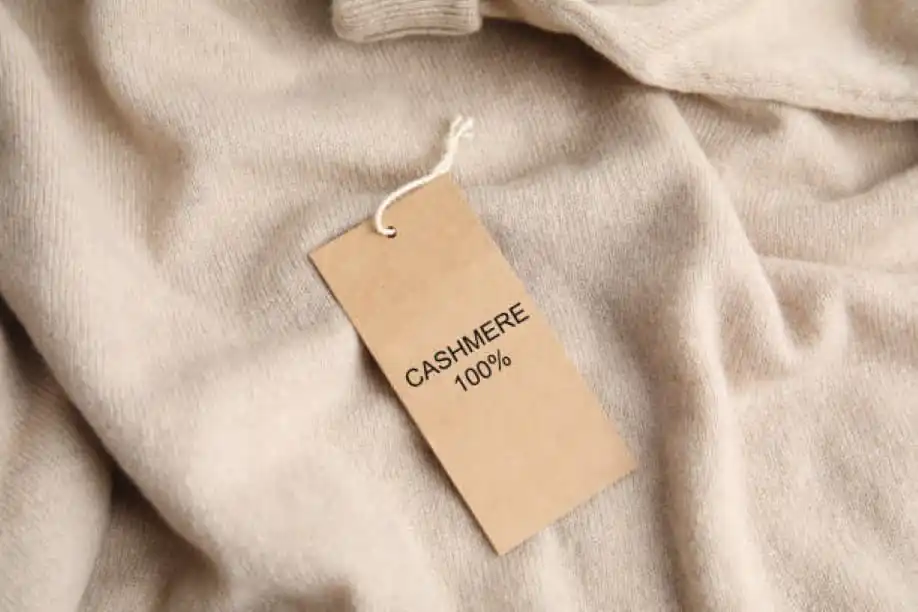
Cashmere comes from the soft fur of cashmere goats. These goats live in places like China, India, and Mongolia. The fur is very soft, light, and stretchy. This makes cashmere a fancy choice for clothes.
In Chinese, we call Cashmere as 开司米(kāi sī mǐ) that is just the transliteration of Cashmere.
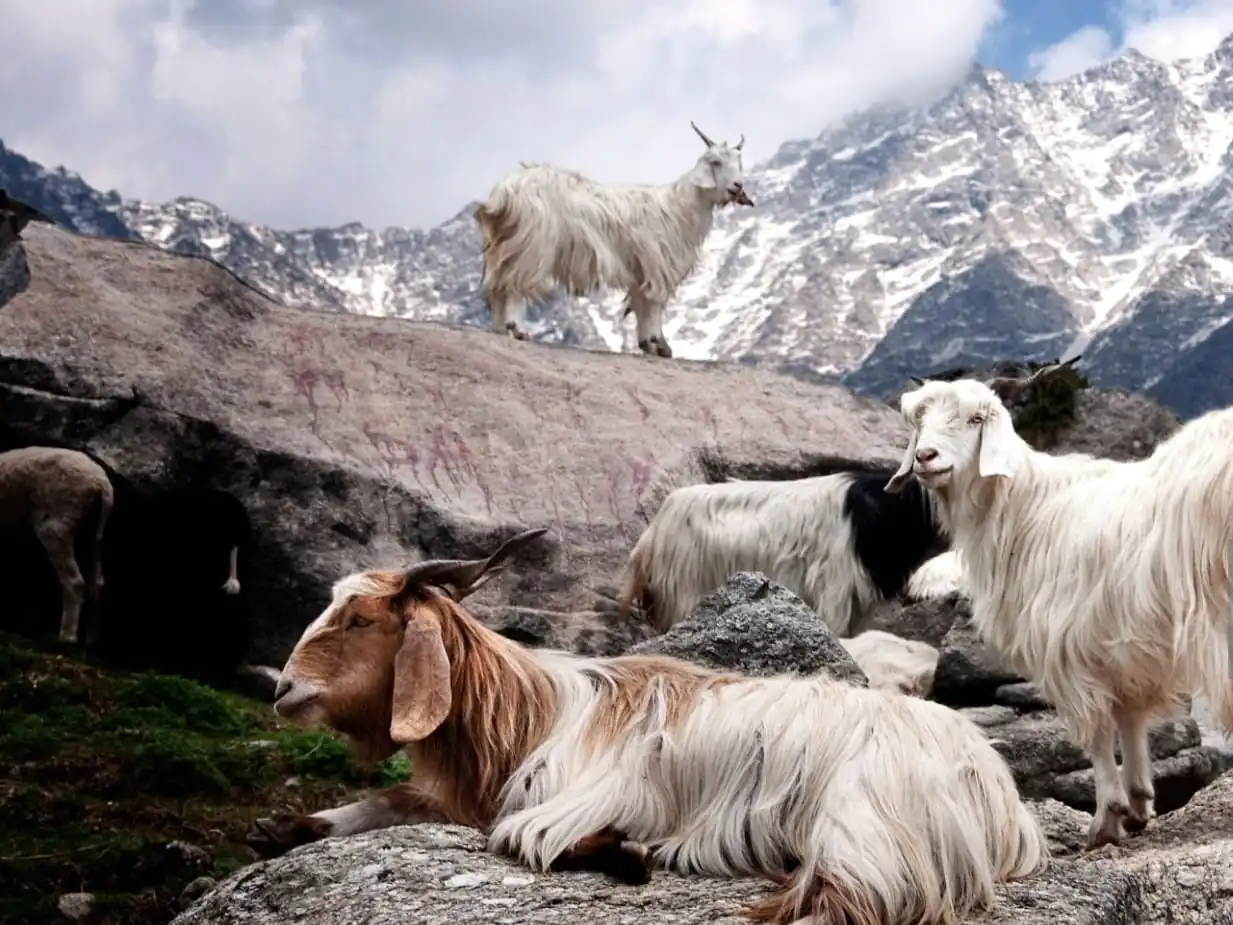
Workers carefully pick the best fur from the goat’s coat by hand. Cashmere keeps you warm even in freezing weather. It can hold water equal to 30% of its weight. This makes it breathable and comfy to wear.
What is Merino Wool?

Merino wool comes from merino sheep raised in Australia and New Zealand. This wool is soft and pulls sweat away from your skin. It also helps keep your body at a good temperature.
In Chinese, we call Merino as 美利奴(měi lì nú) that is just the transliteration of Merino.
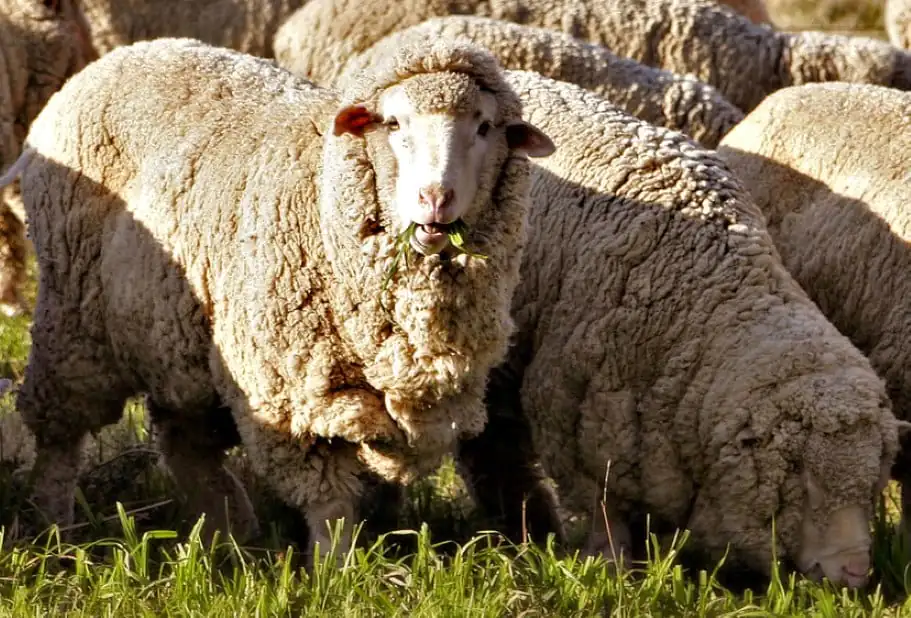
Merino wool feels smooth because its fibers are thinner than regular wool. It lasts a long time and keeps its shape well. This makes it great for outdoor clothes. Merino wool is made with care for the planet, using better farming and processing methods.
Differences in Origin and Production
Cashmere and merino wool come from different animals and places. Cashmere has been used since 3rd century BC in areas like Kashmir and Mongolia. Making cashmere takes a lot of work, with workers sorting the fibers by hand. Merino wool started in Portugal and Spain in the 12th century. It later spread to Australia and New Zealand. Merino wool is made using modern methods, like grading fibers and eco-friendly processes.
Wool Type | Animal Source | Main Countries | History |
|---|---|---|---|
Cashmere | Cashmere Goat | China, India, Iran, Afghanistan, Iraq | |
Merino Wool | Merino Sheep | Portugal, Spain, Australia, New Zealand | First used in the 12th century |
Both fabrics have special qualities. Cashmere is soft and warm, while merino wool is strong and useful. Knowing these differences helps you pick the right one for you.
Warmth Comparison
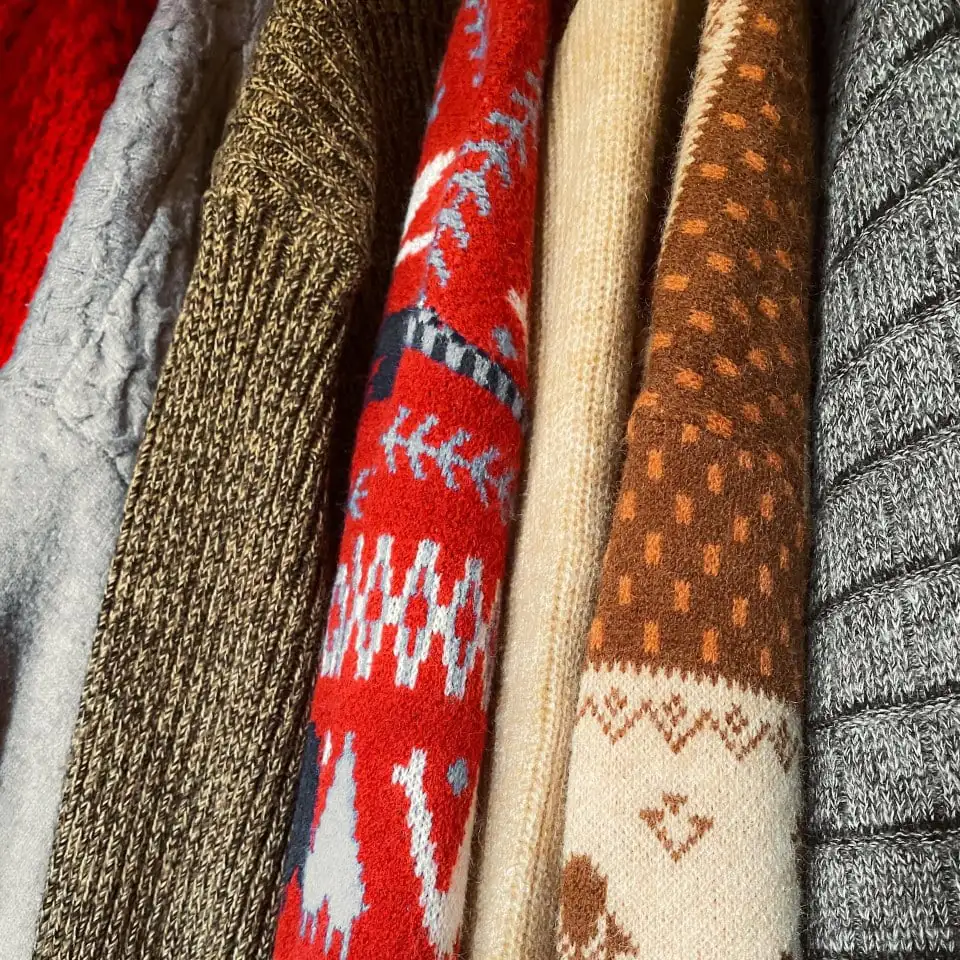
How Warm is Cashmere?
Cashmere is famous for being very warm. Its thin fibers trap heat near your body. This makes it great for cold weather. Even though it’s light, cashmere keeps you warm without feeling heavy. It also pulls moisture away from your skin, keeping you dry. This mix of warmth and breathability makes cashmere a fancy choice for winter clothes.
How Warm is Merino Wool?
Merino wool is also great at keeping you warm, even when wet. Its fibers have tiny waves that hold warm air, blocking the cold. This helps keep your body at a good temperature. When it gets damp, merino wool tightens and holds more heat. These features make it perfect for outdoor activities and changing weather.
Main warmth benefits of merino wool:
Stays warm, even if wet.
Wavy fibers hold warm air for insulation.
Adjusts to temperature changes for all-season comfort.
Best Uses for Warmth
Both cashmere and merino wool are warm, but they work best for different things. Cashmere is great for fancy winter clothes like sweaters, scarves, and coats. It’s soft, light, and easy to layer. Merino wool is better for sports and outdoor gear. It’s strong and keeps sweat away, making it great for hiking or skiing.
Material | Best Uses | Key Benefits |
|---|---|---|
Cashmere | Sweaters, scarves, coats | Soft, light, and very warm |
Merino Wool | Outdoor gear, activewear, socks | Strong, sweat-wicking, and versatile |
Think about your lifestyle and weather when choosing. Cashmere is cozy and fancy for daily wear. Merino wool is tough and practical for outdoor fun.
Softness and Skin Comfort

Cashmere’s Texture and Feel
Cashmere feels very soft and smooth to touch. Its fibers are super thin, making it silky and gentle. This softness makes it cozy on your skin. Cashmere adjusts to your body temperature. It keeps you comfy in cold or mild weather. It is also lightweight, adding to its comfort. This is why people love it for sweaters and scarves.
Merino Wool’s Texture and Feel
Merino wool is soft but not as silky as cashmere. Its fibers are finer than regular wool, so it feels smooth. It is less itchy and more durable. Merino wool stretches and moves with your body. This makes it great for sports and outdoor clothes. It also pulls sweat away, keeping your skin dry and comfy.
Which is Better for Sensitive Skin?
Both cashmere and merino wool are good for sensitive skin. Merino wool is hypoallergenic, so it resists dust and allergens. Organic merino wool is made without harmful chemicals, making it gentler. It also wicks moisture and keeps your skin cool, reducing irritation. Cashmere is soft and rarely causes discomfort. It is breathable and light, perfect for cold weather. While both are gentle, merino wool’s extra features make it better for delicate skin.
Tip: Think about your needs when choosing. Pick cashmere for everyday softness and luxury. Choose merino wool for active use or allergy concerns.
Durability and Longevity
How Durable is Cashmere?
Cashmere feels fancy but needs gentle care to last. Its fibers are fragile and can form small fuzz balls, called pilling, in areas that rub often. You might see this on sweaters or scarves after wearing them a lot. To keep cashmere nice, wash it by hand or dry clean it. Store it in a cool, dry spot to protect its softness and shape. While cashmere looks elegant, it’s not as tough as some other fabrics for heavy use.
How Durable is Merino Wool?
Merino wool is strong and stretches without breaking. It bounces back to its shape, making it great for sports and outdoor clothes.
Merino wool’s strength makes it a smart pick for long-term wear.
Which Resists Damage Better?
Both cashmere and merino wool are special, but merino wool is tougher. Lab tests, like those using Minifiber EC tools, show merino wool stays strong under pressure. Tests on 396 samples proved its fibers resist damage well. Its stretchiness and durability make it perfect for daily or outdoor use. Cashmere, while soft and fancy, can get damaged more easily and needs extra care.
Tip: Choose merino wool for everyday or outdoor wear. Pick cashmere for special occasions and a luxurious feel.
Care and Maintenance
Taking Care of Cashmere
Cashmere needs gentle care to stay soft and last long. Handwashing works best. Use cold water and mild soap, like The Laundress Wool & Cashmere Shampoo. Soak for no more than 30 minutes to protect the fibers. If using a washing machine, pick a delicate cycle. Put the cashmere in a mesh bag for safety. After washing, lay it flat on a towel to dry. Keep it out of direct sunlight.
To keep cashmere smooth, use a special brush to remove lint and fuzz. For wrinkles, steaming is better than ironing. It keeps the fabric stretchy and natural. Store cashmere in a cool, dry spot. Use a breathable bag to stop moths and keep it fresh.
Taking Care of Merino Wool
Merino wool is simpler to care for than cashmere. Most merino wool clothes can go in the washing machine. Use cold water and gentle soap to protect the fibers. Don’t use fabric softeners, as they block the wool’s airflow. Lay the garment flat to dry. Avoid hanging it, as this can stretch the material.
Merino wool doesn’t hold odors, so you don’t need to wash it often. Airing it out between wears keeps it fresh. If fuzz appears, use a sweater comb or fabric shaver to fix it. With proper care, merino wool stays strong and comfy for years.
Which is Easier to Maintain?
Merino wool is easier to care for than cashmere. It’s machine washable and resists odors, making it great for daily use. Cashmere feels fancy but needs more attention. You must handwash, brush, and store it carefully to keep it nice. If you want easy care, pick merino wool. If you enjoy caring for special fabrics, cashmere is worth the effort.
Price and Value
Cost of Cashmere
Cashmere is a fancy material, and its price shows it. The cost of cashmere clothes depends on quality and where it comes from. Sorting cashmere fibers by hand takes time and effort. This, along with limited raw materials, makes cashmere more expensive. Cashmere clothing usually costs more than other wool types.
Cost of Merino Wool
Merino wool is high-quality but costs less than cashmere. Its price depends on fiber quality and farming methods.
Which Offers Better Value?
Choosing value depends on what you need. Cashmere is soft and fancy, great for special events or long-term use. But it costs more and needs careful care. Merino wool is strong, useful, and cheaper. It’s perfect for outdoor fun and active lives. If you want something affordable and practical, pick merino wool. If you want luxury and elegance, cashmere is worth the money.
Choosing Between Cashmere and Merino Wool
Based on Climate
The weather where you live matters when picking between these. Cashmere is great for freezing winters. Its thin fibers hold heat well, keeping you warm. Merino wool works better in changing climates. It keeps you warm in winter and cool in mild weather. It also stays warm even when wet, making it good for damp places. For very cold weather, cashmere is a fancy choice. For all-year use, merino wool is more practical.
Based on Lifestyle
Your daily activities help decide which fabric fits you best. Cashmere is soft and fancy, perfect for stylish sweaters and scarves. It adds elegance to your outfits. If you’re active or love the outdoors, merino wool is better. It’s strong, keeps sweat away, and doesn’t hold odors. This makes it great for hiking, skiing, or gym clothes. Think about how you’ll wear it to choose the right one.
Based on Budget
How much you want to spend also matters. Cashmere costs more because it’s rare and takes time to make. It’s a luxury for those who want something special. Merino wool is cheaper but still high-quality. It’s a good deal for outdoor gear or sportswear. If you want to save money but need good performance, pick merino wool. If you want something fancy and can spend more, cashmere is a great choice.
When looking at cashmere and merino wool, both have strengths. Cashmere is super soft and very warm. Its smooth feel makes it great for casual clothes and cold weather. Merino wool, however, is tougher and more flexible. It doesn’t pill as much, needs less care, and works well for activewear.
Feature | Cashmere | Merino Wool |
|---|---|---|
Warmth | Much warmer than merino | Not as warm as cashmere |
Softness | Softer and fluffier | Not as soft as cashmere |
Durability | Weaker, may pill | Stronger, resists pilling |
Care | Needs careful handling | Easier to maintain |
Best Use | Casual, stylish wear | Sports and outdoor activities |
If you want something soft and fancy, pick cashmere. For something strong and useful, go with merino wool. Your choice should match your needs, weather, and style.
FAQ
Why is cashmere warmer than merino wool?
Cashmere has thinner fibers that trap more heat. This makes it much warmer than merino wool, about 7-8 times warmer. It’s great for very cold weather when you need extra warmth.
Tip: Pick cashmere for winter if staying warm matters most.
Is merino wool good for outdoor activities?
Yes, merino wool is great for outdoor fun. It pulls sweat away, blocks odors, and adjusts to temperature changes. Its strength and moisture control make it perfect for hiking, skiing, or sports.
Top Outdoor Benefits:
Pulls sweat away
Blocks odors
Adjusts to temperatures
Which fabric is kinder to the planet?
Both can be eco-friendly, but merino wool often uses better farming methods. Many brands offer non-mulesed merino wool, which is made ethically. Cashmere needs more resources and careful grazing to stay sustainable.
Note: Look for Responsible Wool Standard (RWS) for merino wool or sustainable cashmere labels.
Can you wear cashmere or merino wool in mild weather?
Yes, both fabrics work well in mild weather. Cashmere adjusts to your body heat, keeping you comfy. Merino wool controls heat and pulls sweat away, making it great for all seasons.
Fabric | Mild Weather Advantage |
|---|---|
Cashmere | Light and breathable |
Merino Wool | Regulates temperature |
Which is better for sensitive skin?
Both are soft, but merino wool is hypoallergenic. It blocks dust and allergens, making it better for sensitive skin. Cashmere is gentle and rarely irritates but doesn’t wick moisture like merino wool.
Tip: If you have allergies, choose organic merino wool for extra comfort.

